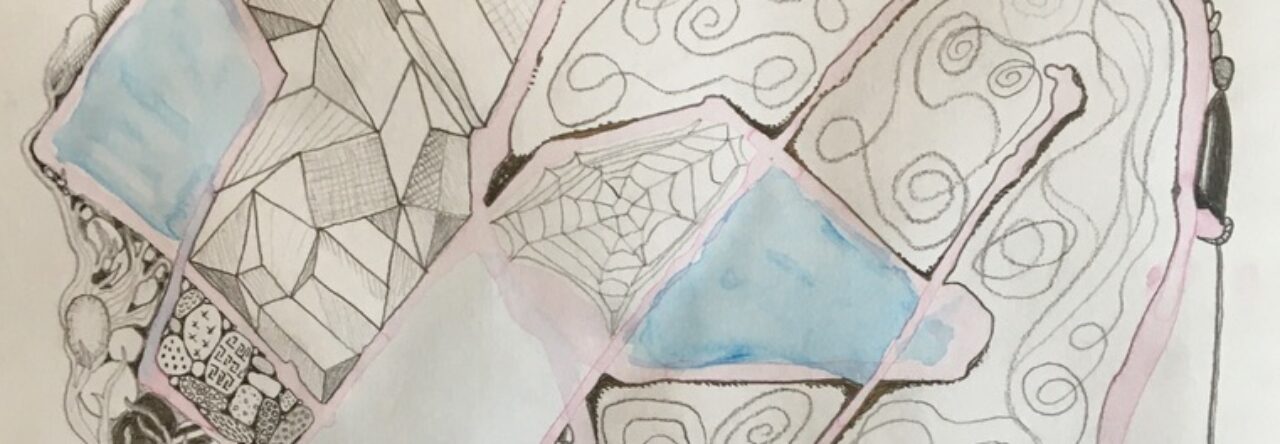We went outside this week! Outside is nice. Experiences in link-to-practice (in-a-real-elementary-school time) reminding me of what it felt like to be a student in school are now blending with my inner experience in this week’s tech class. This reflection will be the result of that.
Schools are strange things. One thing that seems strange about them is the corralling of so many bodies into such confined, indoor spaces. I worked for years in outdoor education (at summer camps and an outdoor centre) and we would bring everyone inside for meals, and that’s about it. On rainy days we’d be in and out, but still mostly out—and not so much because of how being outside meets some arbitrary measure of goodness by contributing towards some arbitrary measure of well-being, but rather because being inside for too long with a large group is tangibly unpleasant. It’s loud and it’s smelly and every individuals’ quirks grate harder on everyone else. This is painfully obvious in classrooms. People want space around them. Not that they don’t want the ability to be close and congregate—they certainly do. But they don’t want to be confined—forced into close interactions for long periods of time everyday. Why does a long road trip in a packed van sound uncomfortable? Whose dream is to be stuck in a submarine that only surfaces twice a week? These are obviously confining situations that hopefully enable people to see the principle I’m talking about. School can so, so easily feel like jail.
So when Kirsten (or anyone) touches on the importance of connection to “the environment” or to “place”—outdoor, non-manufactured environments generally or in the immediate surround—and wonders about and discusses ways to connect with it through technology, it’s a bit of a head-spinner for me. Like a strange, cart-before-the-horse type of question. Kids should be outside. Just put them outside. Live with them, largely outside, and if you earn the right to be seen as something of an elder—someone worthy of harnessing their attention—they will want to know what you know. If you know specific facts about the land, they will take an interest in that through the natural processes of admiration and curiosity. If you have specific ways of learning more than you ever could from just face-to-face conversations and hands-on experience—like, say, you Google stuff—they’ll want to know how to Google stuff. Kids will learn from whomever they look up to.
But as for fostering “connection to place,” that is no mystery. They will connect to the place where they are happiest. If that’s outside, in a particular physical landscape, then that’s where it’ll be. If it’s in a virtual space, then that’s where it’ll be. But don’t be inside a class wondering how to connect kids to stuff outside. Do three things:
- Build yourself into a life-model for kids
- Give kids unconditional love (connecting them to both you & happiness)
- Be outside with them
If, somewhere in there, you want to introduce them to some app or other, you can do that. Just don’t imagine that that will generate meaningful connection to the land.


Leave a Reply
You must be logged in to post a comment.